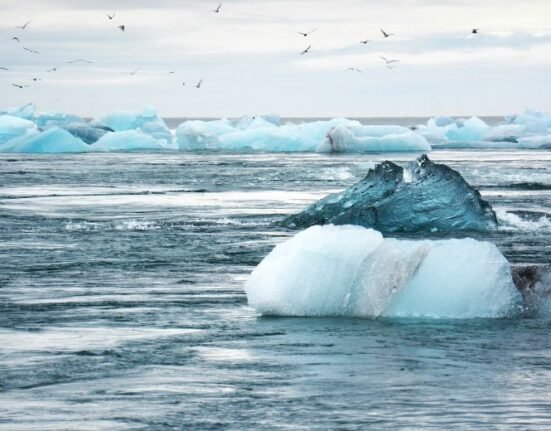H Q Team
May 18, 2023: Global temperatures are set to surge to record highs in the coming 5 years, according to a new update issued by the World Meteorological Organization (WMO).
El Nino events and greenhouse gases will push the temperature more than 1.5°C above pre-industrial levels. There is a 98% likelihood that at least one of the next five years, and the five-year period as a whole, will be the warmest on record.
“This report does not mean that we will permanently exceed the 1.5°C level specified in the Paris Agreement which refers to long-term warming over many years. However, WMO is sounding the alarm that we will breach the 1.5°C level on a temporary basis with increasing frequency,” said WMO Secretary-General Prof. Petteri Taalas.
“A warming El Niño is expected to develop in the coming months and this will combine with human-induced climate change to push global temperatures into uncharted territory,” he said. “This will have far-reaching repercussions for health, food security, water management and the environment. We need to be prepared,” said Prof. Taalas.
The chance of temporarily exceeding 1.5°C has risen steadily since 2015, when it was close to zero. For the years between 2017 and 2021, there was a 10% chance of exceedance.
“Global mean temperatures are predicted to continue increasing, moving us away further and further away from the climate we are used to,” said Dr Leon Hermanson, a Met Office expert scientist who led the report.
El Nina and El Nino
The report also pointed out that in 2022, the average global temperature was about 1.15°C above the 1850-1900 average due to the La Nina effect. But La Niña ended in March 2023, and an El Niño is forecast to develop in the coming months.
The report says that there is a 98% likelihood of least one year in the next five years beating the temperature record set in 2016.
Moreover, the Arctic warming and seasonal climatic upsets will add to the heat effect. The temperature anomaly is believed to be more than three times as large as the global mean anomaly when averaged over the next five northern hemisphere extended winters.
The rainfall average will be higher compared to the 1991-2020 period. Increased rainfall will be recorded in the Sahel, northern Europe, Alaska and northern Siberia, and reduced rainfall over the Amazon and parts of Australia.
Ocean heating is at unprecedented levels, and glacier melt, sea level rise, and more extreme weather are bound to add to overheating.
Paris Agreement and IPCC
The Paris Agreement has set the average acceptable global temperature increase to 1.5 °C, to avoid or reduce adverse impacts from greenhouse gases and related losses and damages.
The Intergovernmental Panel on Climate Change says that climate-related risks for natural and human systems are higher for global warming of 1.5 °C than at present but lower than at 2 °C.
The World Meteorological Congress is scheduled for 22 May and 2 June. The meet will discuss strengthening weather and climate services to support climate change adaptation. A new Greenhouse Gas Monitoring Infrastructure to inform climate mitigation is expected to be launched.








